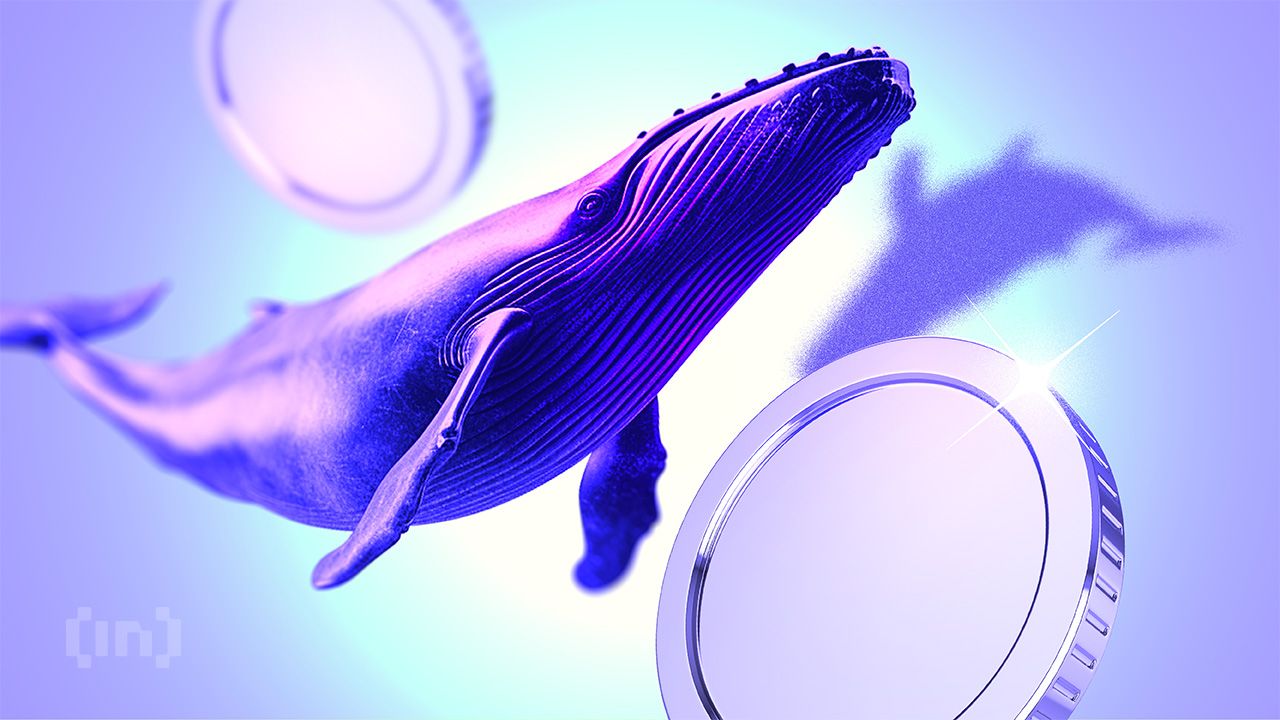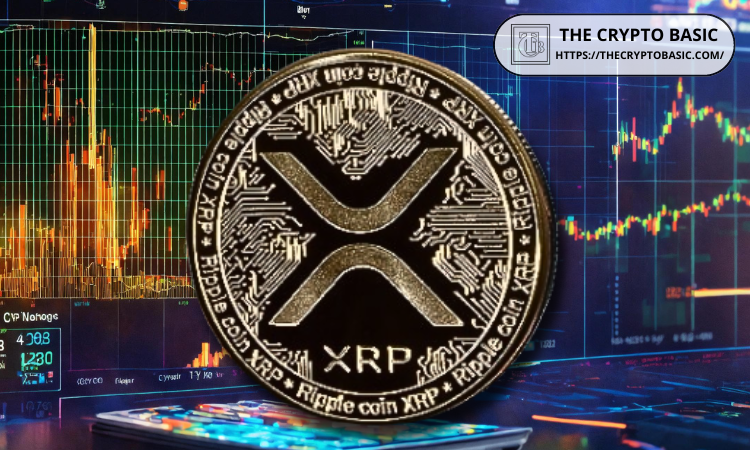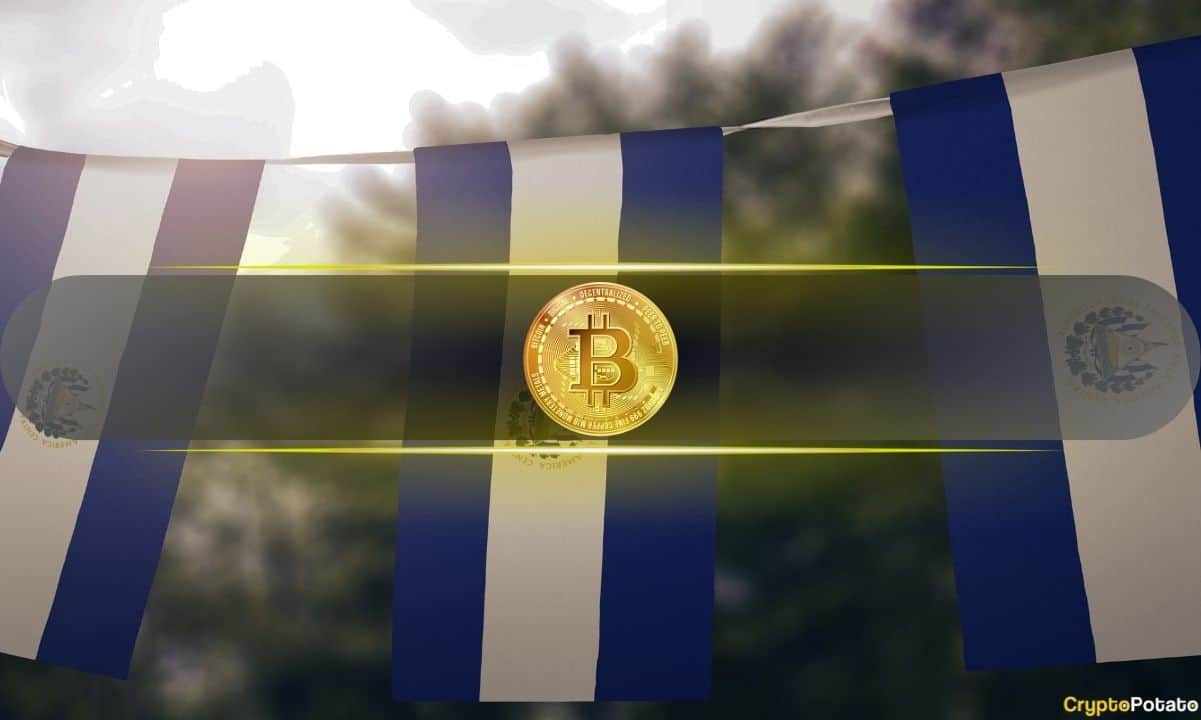A version of this article appeared in our The Decentralised newsletter on April 8. Sign up here.
GM, Tim here.
Decentralised finance is taking a shellacking amid widespread market chaos, which some have characterised as Orange Monday.
In previous bouts of market volatility, DeFi protocols have encountered serious issues. This time around, they’ve managed to weather the storm — so far.
That’s little solace to lenders on Aave and Sky who’ve lost millions due to Ethereum and other DeFi tokens’ prices having plummeted to levels not seen in over two years.
As traders brace for a potential bear market, $11 trillion asset manager BlackRock remains a reason for DeFi believers to keep the faith.
In early April, CEO Larry Fink published his annual Chairman’s letter to investors.
In it, Fink characterised DeFi as an “extraordinary innovation.” He also dedicated an entire section of the letter to tokenisation.
Tokenisation refers to turning real-world assets like stocks, bonds, and real estate into digital tokens tradable online.
These tokens live securely on blockchains, enabling instant buying, selling, and transferring without cumbersome paperwork or waiting periods.
Bear markets in DeFi are usually characterised by a big drop in activity. This is because, like it or not, DeFi is mostly based around speculation on hyper risky assets.
Tokenisation could change that dynamic to a more sustainable one. The same permissionless infrastructure that’s popular with degen traders can also make financial markets more efficient.
Think US Treasuries, corporate debt, and money markets instead of governance tokens and memecoins.
Fink’s vision is clear — he sees blockchains as the next big upgrade in finance. “If Swift is the postal service, tokenisation is email itself,” he said in his letter.
There also appears to be a preference among Wall Street players for public blockchains like Ethereum over closed-garden counterparts like Hyperledger Besu.
There’s almost $20 billion worth of tokenised assets on public blockchains so far, according to data from rwa.xyz.
Fink is not alone in touting the potential windfalls of tokenisation. Fintech firm Robinhood’s co-founder and CEO Vlad Tenev have also sung from the same hymn sheet of late.
XRP ($1.88) issuer Ripple and Boston Consulting Group predict the tokenisation market will hit $19 trillion over the next eight years.
BUIDL ($1.00), BlackRock’s USD Institutional Digital Liquidity Fund, is growing fastest on Ethereum, with almost $1.8 billion riding on the top smart contract network.
During the previous bear market, tokenisation was helped by increased demand for US Treasuries, which at the time produced higher yields than many riskier DeFi native products.
Even if the worst comes to pass and the Federal Reserve raises interest rates in response to inflation caused by President Donald Trump’s trade war, tokenisation — and DeFi — could benefit again.
Top DeFi stories of the week
This week in DeFi governance
PROPOSAL: Create an anonymous version of Safe Wallet’s multi-signature wallet
VOTE: GMX DAO selects bridging and messaging partner
PROPOSAL: Improve the evaluation of Optimism retro funding grants
Post of the week
Crypto Twitter pokes fun at the entirely predictable impact of Trump’s tariffs.
“We let orange man win, you take one for the team and he’ll nuke these coins harder than 1000 Chokepoints ever could” pic.twitter.com/USiOwQVFUK
— CRONK 🎩 Crypto Reporter (@CryptoCronkite) April 7, 2025Got a tip about DeFi? Reach out at tim@dlnews.com.
.png)










 24h Most Popular
24h Most Popular






 Utilities
Utilities